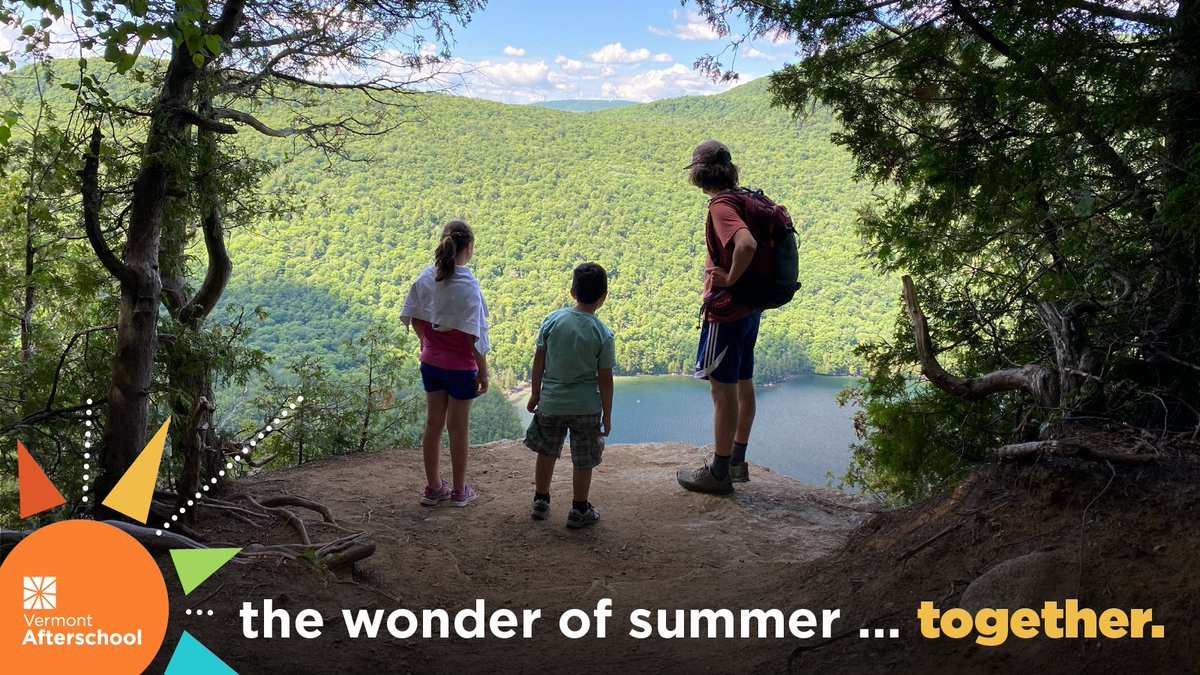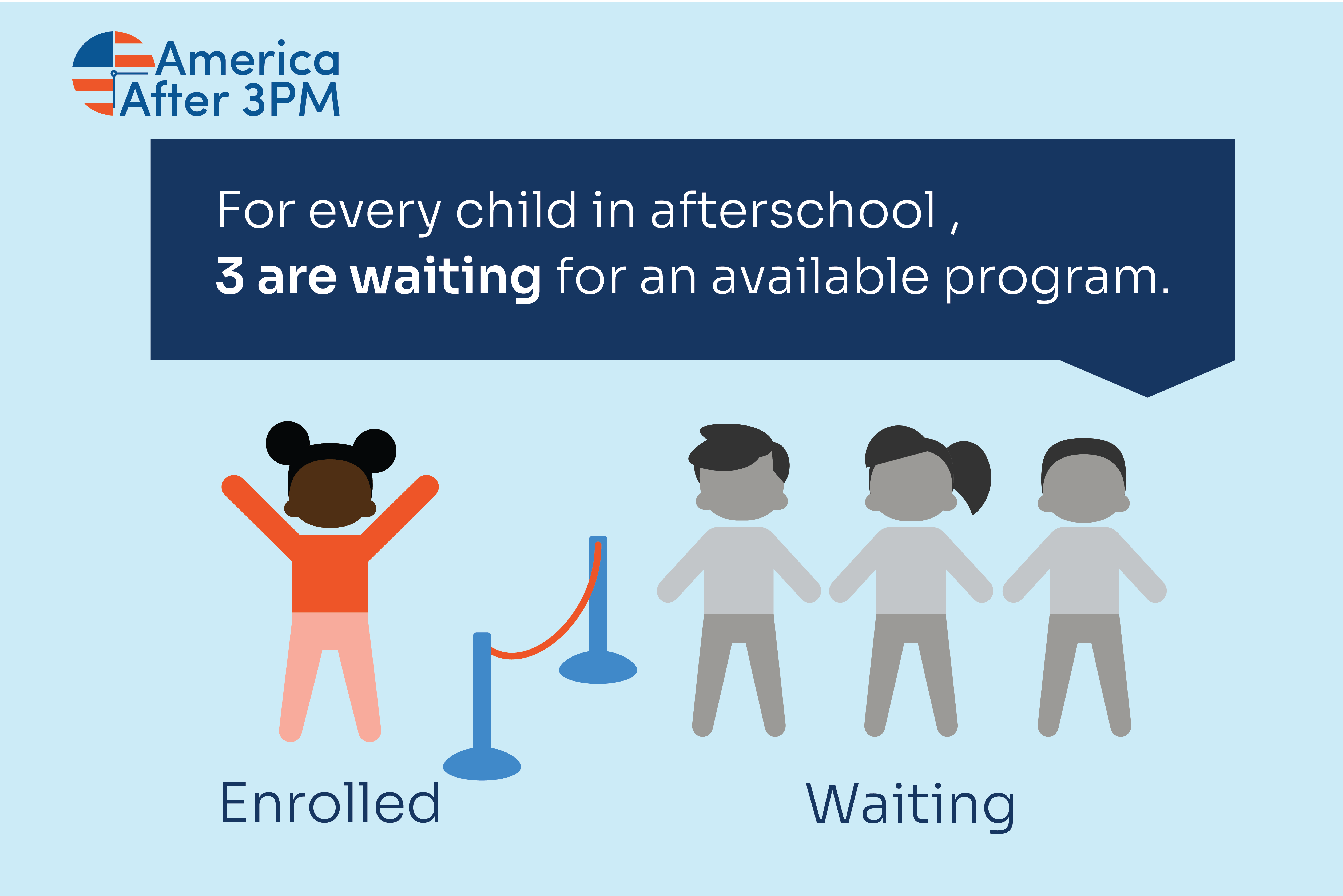A Summer Like No Other

After more than a year-long hiatus, my kids—ages 11, 12, 13 and 13—returned to in-person school this month. We were well past ready for a break from online learning and working elbow-to-elbow at the kitchen table for hours on end. I’m not sure who was more excited about school reopening—me or my kids!
In our district, Charlotte-Mecklenburg, May 28 is the last day of school this year. That means our students will have had just about two months of in-person instruction since March 2020. So like many families, I’m looking for ways to help my kids catch up this summer. Catch up on the learning they’ve missed, the social interaction and the opportunities to connect with mentors face-to-face who can really help them get engaged and excited about what they’re learning.
And when it comes to helping kids learn, summer has always had the potential to be a gamechanger.
Research shows kids who take part in summer enrichment programs make gains in reading and math, get excited about learning, build social skills and have opportunities to earn college credits and explore careers. It also shows that while kids from families with low incomes experience the greatest gains from summer programs, they are less likely to participate. And arguably, having access to learning opportunities this summer is more important than ever as the pandemic has forced young people to miss out on so much for so long.
Across the country, states and schools are busy making plans for summer programs to help meet the real needs of kids and families. That includes academics, and also social, emotional and mental health supports, which are just as important for helping kids recover and prepare for next school year. Educational leaders are looking for ways to provide transportation, meals and flexible free or low-cost options so all families who want summer programs are able to participate.
This is a herculean task. We cannot and should not expect our schools alone to do it. We need innovative solutions that will help all kids emerge from this crisis strong, resilient and hopeful.
For good reason, many school districts are expanding supports for and partnerships with afterschool and summer programs to give students the extra help they need. These programs work so well because, in addition to academic enrichment, often from certified teachers, they offer a fun, informal environment where kids learn together through hands-on, team-building activities. They offer students of all backgrounds new opportunities to explore their interests and dive deep into topics they love in ways not always practical during a typical school day. They complement what kids learn in school without duplicating it.
The American Rescue Plan includes $30 billion in potential support for summer and afterschool programs—$8.45 billion is specifically set aside at the state level and $22 billion more is available at the local level to education agencies. The plan encourages partnerships between schools and community-based youth-serving organizations.
Some states have acted quickly to make these connections.
In April, the Vermont Afterschool Network partnered with their state education and human services agencies, along with Senator Bernie Sanders’ office, to launch Summer Matters, an exciting campaign that aims to expand summer programs to kids in every Vermont community.
In South Carolina, Governor McMaster announced a new $12 million investment in programs that help students who are at increased risk of dropping out of school or juvenile delinquency. One-third of those funds goes directly to the South Carolina Afterschool Alliance to provide summer and afterschool programs in primarily rural areas.
There are many more examples, including in Connecticut, New Hampshire and Wisconsin. In the months to come, Burness will be working closely with the Afterschool Alliance to help afterschool leaders across the country forge more of these bold new partnerships so they can reach and serve as many kids as possible.
And the need is great. A recent poll finds that nearly 25 million kids across America are waiting for an available afterschool program, and children from families with low incomes are most likely to be missing out.

In a normal year, these programs are a lifeline for families—expanding kids’ opportunities to learn, keeping them safe and helping working parents keep their jobs. During the pandemic and throughout recovery, these programs have become even more essential. They’ve stepped up to deliver food and meals, care for kids of essential workers, expand their hours to provide in-person support for students who need help with remote school and connect families with healthcare, employment and other resources.
Kids themselves are stepping up to advocate for afterschool. They say it gives them hope and helps them feel connected, heard, empowered and safe.
Hear from teens about how afterschool is making a difference in their lives.
Looking ahead toward summer and throughout recovery, we have a real opportunity to reimagine learning supports for our kids. This is the time to be thinking big and bold to ensure learning environments are inclusive, fair, flexible and driven by what kids need to thrive both in and out of the classroom.
Learn more about what’s happening in your state and encourage your school district to consider partnering with local summer and afterschool programs.